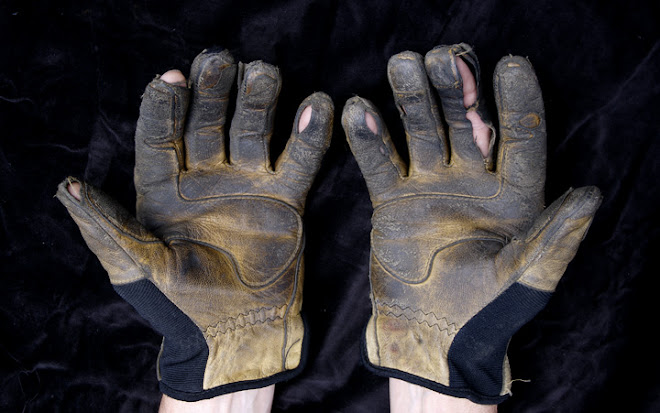Pulitzer Gold
"During the 18th century, a fashionable pastime among London’s rich and royal was to visit Bethlem Royal Hospital, most commonly known as Bedlam, and watch the antics of the mentally ill. In the 21st century, it is the rich and famous who are gaped at, their habits and habitats reveled in and reviled through the lens of reality TV. What started as an aspirational experience, epitomized by the gushing “Lifestyles of the Rich and Famous,” has become a cottage industry of class schadenfreude, the crown jewel being the “Real Housewives” franchise. Just look at the size of their closets and their neuroses, see how their children sass them and their “friends” disrespect them, how their marriages rot in front of our shocked and grateful eyes.”
(Mary McNamara, LA Times, from her review of “Beverly Hills Nannies”)
That kind of writing, ladies and gentlemen, deserves to win a Pulitzer Prize -- and it finally has. Mary McNamara bagged journalism’s highest honor last week, winning the Pulitzer gold for her years of brilliant television criticism.*
In my humble opinion, it’s about time. I’ve been reading her work in the LA Times for many years now, from the days of her “Drive Time” column covering the social impact and reverberations of our life-in-cars here in Southern California, to her move into critical analysis of our other great cultural obsession, television. No matter the subject, Mary’s writing has been consistently excellent, a heady blend of deep insight, scalding humor, and dazzling prose -- the kind of writing that invariably leaves me shaking my head wishing I could write like that.
But I can't, and neither can anybody else. To hell with that medal -- Mary McNamara is the real prize here.
None of us can watch everything on television, nor would any sane person want to. Despite the emergence of a second “Golden Age” during the the last fifteen years (which -- ahem -- I wrote about long before most high profile television critics deigned to state the obvious in print), television remains for the most part a vast wasteland. The old adage still holds -- “90% of everything is shit,” including TV. True, there are many more good shows on nowadays, but those represent the gleaming white tip of the television iceberg -- the other seven-eighths of programming is still fetid garbage lurking in the murky depths below, largely unwatchable by anyone with a functioning brain.
The job of the television critic is to serve as a scout -- to venture into the wilderness ahead in search of metaphorical water, food, and shelter, while keeping a sharp eye out for the deadly mind-numbing quicksand of crappy programing. The critic digests and analyzes the pleasure and pain of new programming, sorting out the wheat from the chaff so that we can make an informed choice about which shows to settle in with after a hard day’s work. Our off-time is precious, and nobody wants to waste it on some stupid formulaic piece-of-crap that looked appealing in the network’s flashy bait-and-switch previews.
And so the critic watches, ponders, and reports back to us -- and if we’re lucky, that critic is Mary McNamara, which means reading about those shows is more informative and often much more entertaining than the actual programming. She’s a treasure, and those of us who read the LA Times are lucky to have her.
Congratulations, Mary. Thanks delivering so many years of great reading with my daily paper.
Long may you write.
* The ten columns submitted to the Pulizter committee by Mary's editors at the Times can be found here, so do yourself a favor and click on over to read a few.










